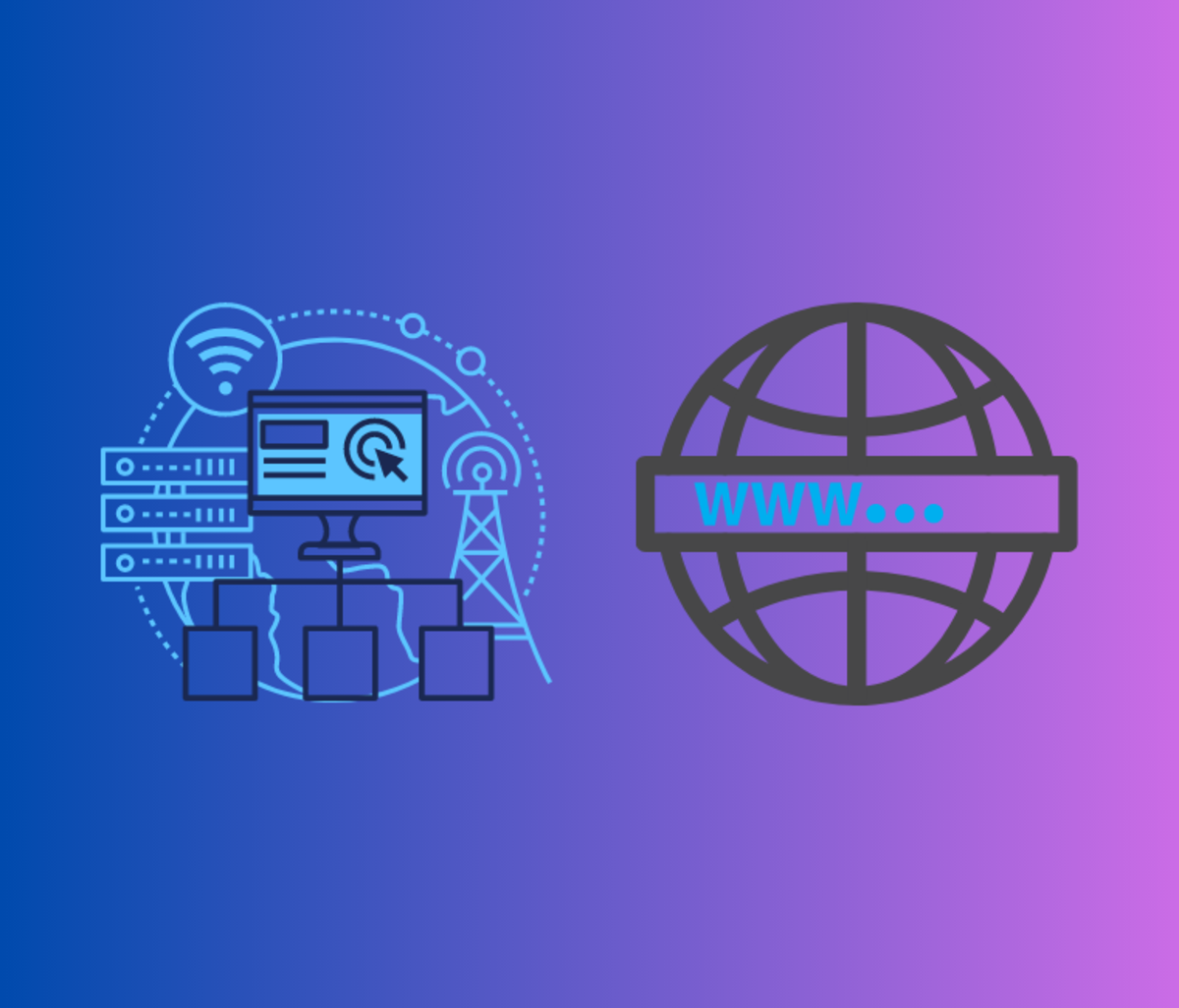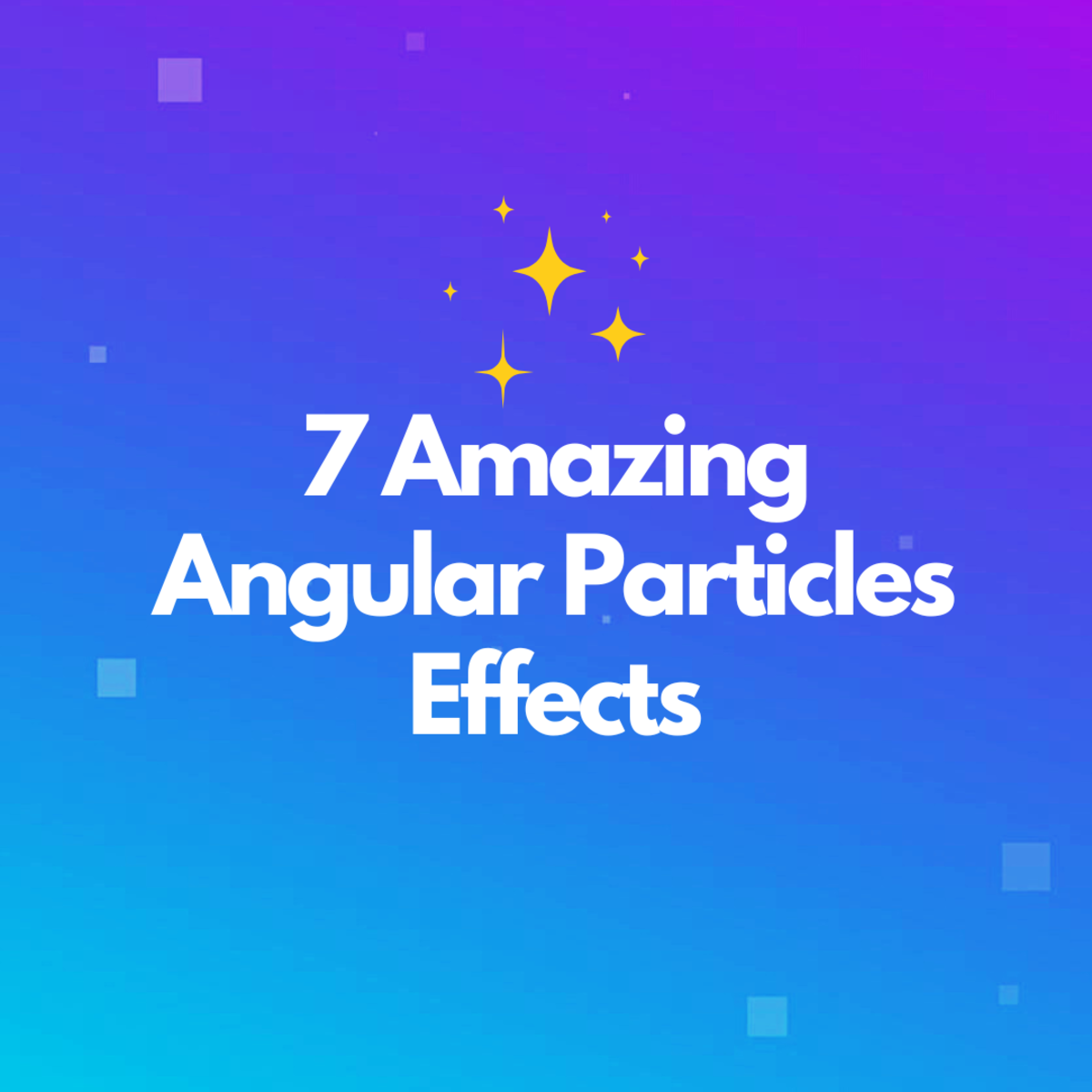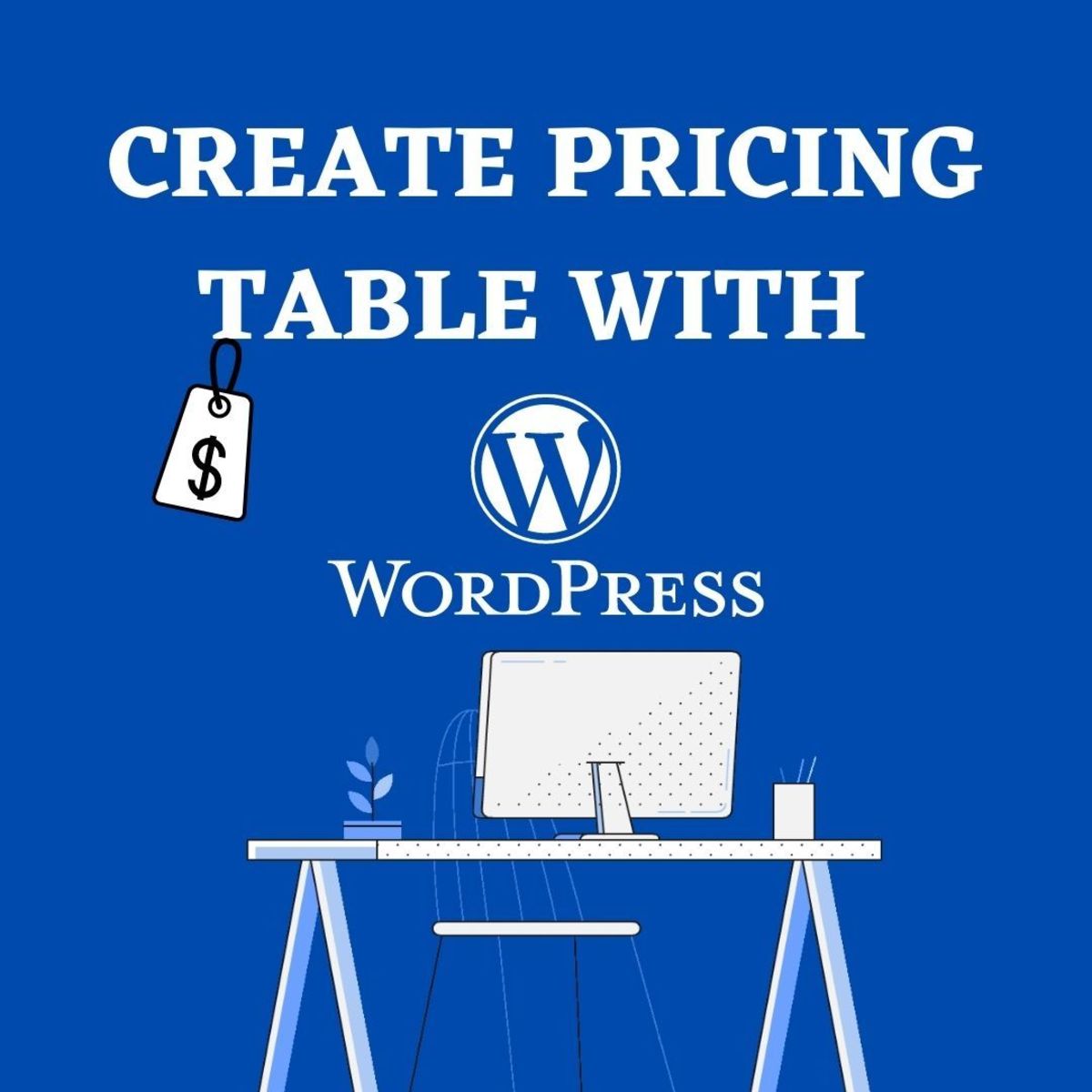Getting Started With Web Development
Want to learn more about Web Dev? Well, you might just be in the right place. My plan is to write a series of articles that will introduce the reader to many important aspects of web development and problem solving. My writing style is narrative and easy to follow, and will provide you with nutritious food for thought on Web Development.

Do First, Understand Later
Programming and the IT field is so big and bursting with technical information. So much so, it's is hard to feel competent and sure about your knowledge even if you try to narrow your focus. If you go broad, and try to understand everything, what you get is a shallow understanding. That is also OK, and useful to a point. Add to that the rate at which technology is growing and updating with ever increasing speed and you might start getting some feelings of anxiety. What is my point? It is important to have a healthy strategy on how you approach this jungle of information, because if have a good attitude everything else with fall in place with time. Being a good programmer is very possible. If you also succeed in making the learning experience fun, you are an absolute winner.
Growing a healthy foundation of understanding now, will open thousands of doors for you down the road. The more you learn, the faster you will learn. With practice you become more effective. This is why It's crucial to have patience at the beginning. Start small, have fun, and look back on your progress after a couple of months. I promise it will be a very rewarding feeling.
Problem solving is creative work
What I was saying so far is - try to do an example, get it to work, later try to understand what happened. The reason is, if you try to understand everything before you begin, you will never start writing actual code.
Try pasting this code in a new text file, but in the end instead of saving it with a ".txt" extension, save it with ".html" file extension.
<html>
<head>
<title> Sample Web page </title>
</head>
<body>
<div> hello world! </div>
</body>
</html>You can try opening the file with your favorite web browser. You should get only the text "hello world" on white blank background. It may not seem impressive, but this is the basic structure of web-pages in essence. This is HTML code as you might have guessed, and it's what is giving websites basic structure. The great thing about Web Development is that you can start trying out your ideas and get to conclusions quickly, because most probably, most of the technology is already on your computer. Modern browsers support most stuff you will need in the beginning, so you can start without installing anything. Here is a bonus question for you - where did the "Sample Web page" text go? Because it doesn't appear on the page.
Dare to Not Understand
I think one of the top reason why people avoid scientific or technical topics is because they hate ambiguity. When there are multiple terms you don't understand or some information is missing, it becomes hard to get to a quick solution. You have break the problem down into smaller steps and go step by step. I often hate this myself. Let's be real, no one wants to feel incompetent about the problem at hand. However, I think it is the key to learning, to go there, slightly outside of your comfort zone, and push the limits of what you know. Even if you've never seen HTML code, it's not too difficult to make some sense of the code example in this tutorial. Build on top of your previous knowledge, and find a way to explain things with metaphors. For example, you certainly know how brackets or quote marks are used to mark some part of a sentence. For a second, let's just consider this example sentence that has nothing to do with programming:
John used to often "cut corners", to get the job done in time.
In this example, the quotation marks used to wrap the phrase "cut corners", tells the reader that it is not a matter of really cutting with a tool, but rather it is a phrase which means - avoiding some rules. HTML code is very similar in this regard. It is actually not a programing language at all, but a Markup Language instead.
Instead of using quotes, there are many different "tags" which are used to mark part of the code. In our example, "<div>" and </div> tags are used to wrap the text "hello world". When the text is marked in such a way, it's clear for the browser that it should place it in a simple Division(you can think about it as row) of the page, and display it for the user. There are many different tags, and some extra properties that you need to learn about, but it's basically the same thing. You are always marking a piece of code by enclosing it with an opening and a closing tag. That way, it's interpreted as a certain type of object by the browser. It can be a title, a paragraph a button, and many other things but the principle is the same.
I hope you enjoyed this first article. In the introductory series, we'll be mostly talking about HTML, CSS and JS. One could say they are an unavoidable part of Web Development, and good basic understanding of those will take you a long way.
In the next article I will touch on CSS, and get some more HTML foundation for you, so stay tuned. I will add a link to the next article here, at the bottom of this one, as soon as I have the second one ready and published. In the meantime, feel free to use the comments below to ask questions.
Happy coding!
© 2019 Kate Brooks







